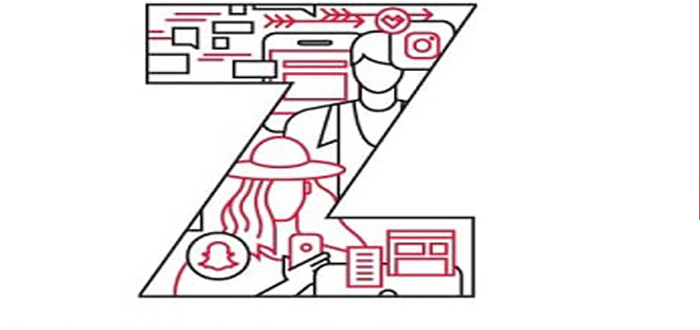-
ROSSLARE EUROPORT TARGETS HEALTH & SAFETY WITH CAMERA TELEMATICS PARTNERSHIP - 2 days ago
-
Landmark Study Reveals Wearable Robotics Significantly Boost Safety and Efficiency in Industrial Environments - July 24, 2024
-
Visku Tackle The Retail Seasonality Challenge One Pallet At A Time - July 22, 2024
-
KAMMAC AND BERGEN LOGISTICS STRENGTHEN FASHION & LIFESTYLE SERVICES IN THE UK - July 19, 2024
-
TENTBOX EXTENDS PARTNERSHIP WITH ARROWXL TO SUPPORT INCREASING DEMAND - July 17, 2024
-
The Perfume Shop improves customer journeys while driving profitability in partnership with Scurri - July 17, 2024
-
ZEROMISSION SECURES £2.3M ($3M) INVESTMENT TO ACCELERATE ELECTRIC FLEETS - July 16, 2024
-
BCMPA CELEBRATES SUCCESS OF 2024 CONFERENCE - July 15, 2024
-
Best of the Best: Jungheinrich Celebrates Triple International Award Win - July 12, 2024
-
GOPLASTICPALLETS.COM CALLS ON NEW CHANCELLOR RACHEL REEVES TO CONSIDER PLASTIC PACKAGING TAX REFORM - July 10, 2024
The Workforce’s Newest Members: Generation Z
If there’s one thing that is constant, it’s change: It’s an old saying. And that applies to the workplace and the workforce, too. Take generational change in your employee base, for example. Different generations exhibit different characteristics, and the world events that influenced one group of people may not be the same that influences another.
A lot of eyes are turned expectedly toward Generation Z. That’s the group of people that was born in the late 1990s to about 2010. They’re unique in several ways, most notable of which is their technological prowess. This group, which is about one-quarter of the population, is incredibly diverse—so much so that about half of them identify as non-white.
While some of those traits might make you think they are optimistic, this generation was actually quite influenced by the great recession. So how does that collection of traits mean for the workplace? This graphic explains it.


































